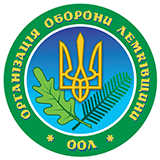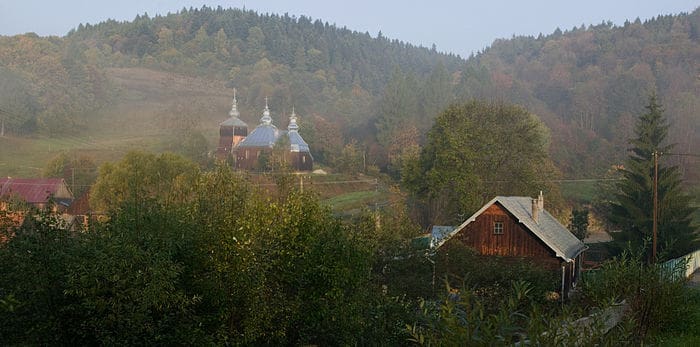Last week Poland’s Supreme Administrative Court passed a precedent verdict in a case over property confiscated by the state in 1949 from Maria Hladyk, an ethnic Lemko who was compulsorily resettled in 1947 from her village in Beskid Niski (a region in southeastern Poland ). In 1999, Maria Hladyk’s grandson, Stefan Hladyk, applied to the Polish authorities with a request to repel the 50-year-old decision by which some 11 hectares of land (including 7.55 hectares of forest) was confiscated from his grandmother.
The Agriculture Ministry satisfied his request. In last week’s decision, the Supreme Administrative Court rejected an appeal by Poland ‘s State Forests, a state-run agency that manages the country’s forested areas and which had owned Maria Hladyk’s wooded plot for the past 50 years. The court simultaneously confirmed Stefan Hladyk’s ownership right to the plot. This precedent verdict by the Supreme Administrative Court actually admits that the nationalization of Lemko properties 50 years ago was illegal. The verdict paves the way for other Lemkos (or their heirs) to regain what was confiscated from them by the communist authorities. According to PAP, Polish courts are currently going over some 200 lawsuits by Lemkos seeking to have their properties in Beskid Niski returned to them. [Ed. note: Some historical background to the case. In a bid to deprive the Ukrainian Insurgent Army (UPA) – which fought the Polish communist government in 1944-47 – of support among Ukrainians inhabiting their ethnic territories in southeastern Poland , the Polish authorities decided in 1947 on a mass resettlement of Ukrainians to the so-called Recovered Lands (Ziemie Odzyskane) – the former territories of the Third Reich incorporated into post-World War II Poland.
The Polish army performed the drastic and violent Operation Vistula, which resettled some 150,000 people. The operation, according to the General Staff, contributed to “the final solution of the Ukrainian problem” in Poland .
The resettled people included some 30,000 Lemkos, an ethnic community with a vaguely defined ethnic identity: some Lemkos considered themselves to be Ukrainians, while some believed they were a group different from Ukrainians. Incidentally, support for the UPA among Poland ‘s pre-1947 Lemko community was much weaker than among Polish Ukrainians. The dispersion of Lemkos following the 1947 resettlement immensely accelerated the process of their assimilation.
The Polish authorities did not give Lemkos the right to develop their ethnic identity in 1956, when Poland ‘s Ukrainians, Belarusians, Lithuanians, and Jews were allowed to set up their own ethnic organizations to pursue some educational, cultural, and social activities. Some Lemko activists joined the Ukrainian movement but many others chose Polishness to avoid being identified with Ukrainians. In 1949, the Polish government passed a decree on the nationalization of properties remaining after the resettlement of the Ukrainians and Lemkos. Following the decree, local authorities passed appropriation decisions with regard to resettled owners’ land plots and belongings remaining on their administrative territories.]
(Source: Radio Free Europe/Radio Liberty (RFE/RL) Poland , Belarus , and Ukraine Report; Vol. 3, No. 38, 9 October 2001)




